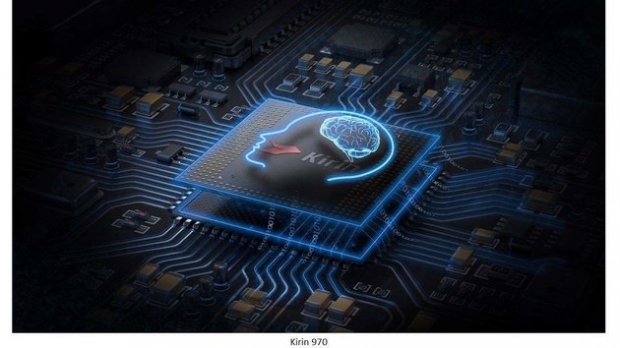Huawei CEO Eric Xu is betting on the fact that Release 16 of the 3GPP 5G protocol will promote mobile video sharing, Augmented, Virtual or simply Mixed Reality. This is definitely one of the possible big game changing use cases that will help 5G to evolve in the years to come. One must be naïve to think that 5G wont change the way we communicate all over again.
Bear in mind that the release 16 that Huawei boss praises is aiming for completion in December 2019. This means that the first devices and networks will lean upon Release 15 that was finished in December 2017. That is what is getting to silicon later this year for some or early next year by others. It is safe to assume that Huawei's next gen 5G chip will be based on Release 15.
3GPP release 16 in December 2018
Eric Xu is also stating that Release 16 of 3GPP protocol aims to solve the low latency issue of 4G. Additionally, the 5G is built for massive connectivity as we need to connect all the mobile, industrial and IoT devices. Most cars of tomorrow will have modems too.
Huawei has already announced customer-premises Equipment (CPE) devices at the Mobile World Congress in the last days of February 2018. The company claims that it might be the first with 5G Customer-premises Equipment powered by the Balong 5G01 chipset.
A peak speed of 2.3 Gbps can be reached, which is definitely faster than any LTE implementation today. One has to remember that the carrier needs to support the right bands and frequencies to get to these high 2.3 Gbps speeds. More importantly, CPE is hardly something one can use mobile, this clearly stays on the premises and needs to be plugged into a power socket.
Huawei is planning to roll out commercial solutions for NSA (non-standalone) networks in September 2018 and most likely early adopters should be ready to start shortly.
The one we know as Kirin, the real mobile solution, won’t appear until mid-2019, and even then, it is questionable if this will be total SoC/AP /5G Network integration in one chip. Most likely Huawei will take a two chip approach like Qualcomm, Apple (Intel) and MediaTek.




